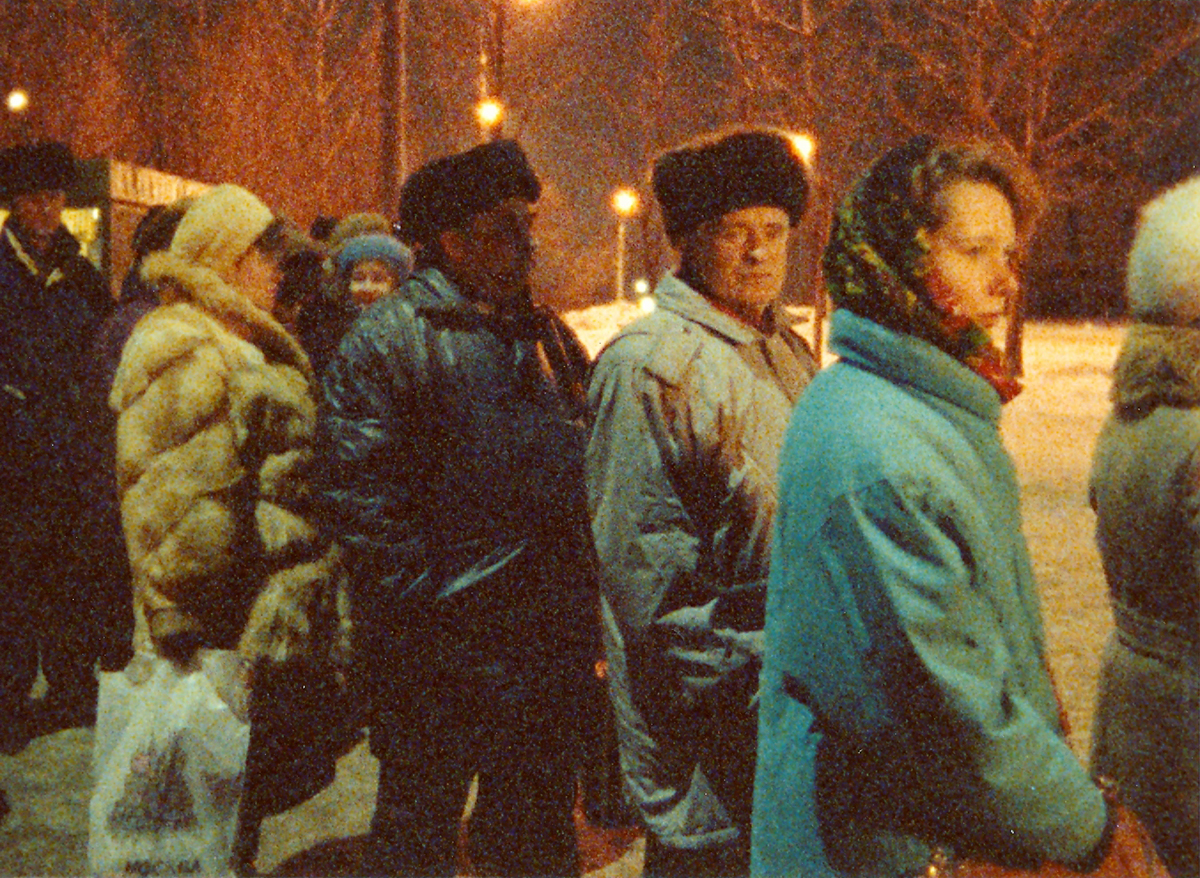Can We Be in Touch with What Is?

The real is what is. It sounds simple. And yet, if we try to define it, we are struck by dizziness.
The question likely is how do we humans relate to what is?
Sometimes great suffering or great beauty transports us into a state of vulnerability so strong that we no longer feel a separation between ourselves and the world. Our defences fall away, our shell disintegrates, we do not know anything anymore. In these moments, we do not hide ourselves from the real. It is there, confronting us, within us, as if our eyes were awakening and we were seeing everything for the first time. The real lies beyond appearances, what comes to us through love or death, when we can no longer escape, when we can no longer protect ourselves.
It is fear that makes us blind. The fear of the dark, of the unknown, the fear of openness, the fear of ourselves, which drives us to want to control everything. To ward off this feeling of fear, to penetrate this enigma that worries us, we try to retain the real, to tame it by copying it. We make images, which are more and more defined, more and more sharp; we photograph everything, everywhere, we naively think that if we succeed in controlling the real, we will capture it, and it will not elude us anymore. We want to be the strongest and never be surprised. Then we enclose ourselves with certainties, and what is real disappears. For reality is not a definite, finite, immobile entity. Otherwise there would be only one way of thinking, one beauty, one truth. And it would be terrible.
The real is alive, it moves, like a butterfly that twirls and whose colors change with the light. To be touched by it, one must accept to follow it without knowing where it is going, to look at it without analyzing it, without trying to freeze or catch it. To accept to be with it in this ephemeral time, to accept that yesterday it was a caterpillar and that tomorrow it will be something else, to live in the present without being afraid of disappearances.
If art can bring about the real, it is only possible by welcoming the elusive, by its willingness to lose itself, by resisting the reassuring temptation of explanation or the comfort of a premeditated form. We sometimes expect cinema, and especially documentaries, to be a description of reality, to inform us or to transmit messages. But in the face of information, we are passive. Art does not inform us, it connects us to the world and to ourselves. It frees us, questions us, soothes us.
There is something much deeper and more mysterious in images than a mere copy of the visible world. The images speak to us, a little like dreams. In editing, I flee those that are immediately significant, that illustrate, designate or fascinate, those that enclose the butterfly, or cut off its wings. I watch and listen, with all of my senses on the lookout. I am sensitive to nuances, to small things. It may be the way someone places their cup on the table, the rustle of a leaf, the tenderness of a face, the green of a meadow, the movement of a tree, the sound of the wind, or even the motif on a waxed tablecloth. Why do some images make us feel something real? It’s not a question of angles, optics, scale, or the number of pixels. True images are liberated from the principles of verisimilitude or completeness, they are beyond the representation of an objectivity and are not the mere expression of subjectivity either. True images are not those which engulf us, but those which push us to seek, to discover, to weave our own relationship to the world, to exist within the world. They do not reveal themselves at first sight, but they seem right. They open gaps, put us in motion, help us to think, to live. Their meaning is revealed little by little, through space, through time – the time we need to no longer try to recognize, to no longer seek to be comforted.
This text was originally written and published on the occasion of the publication Qu’est-ce que le réel ? Des cinéastes prennent position (2018), edited by Andréa Picard.
With thanks to Claire Atherton

